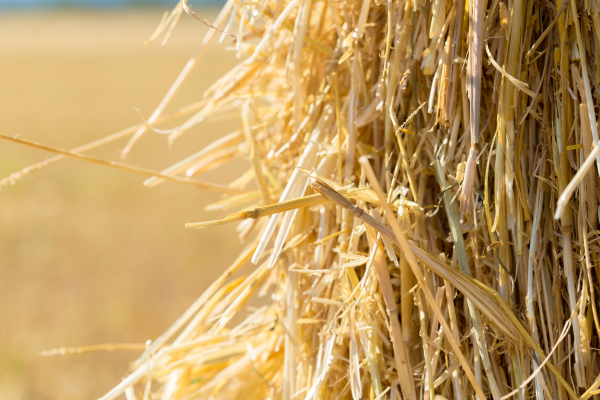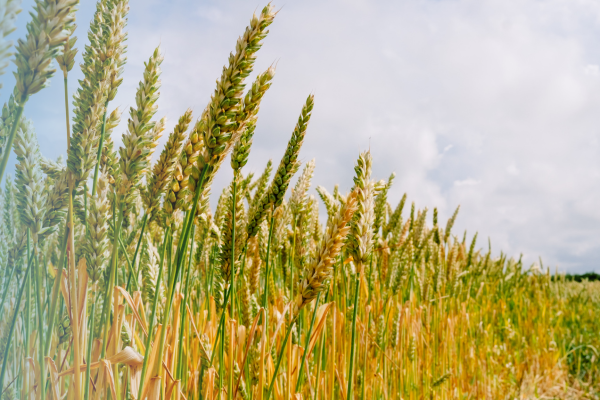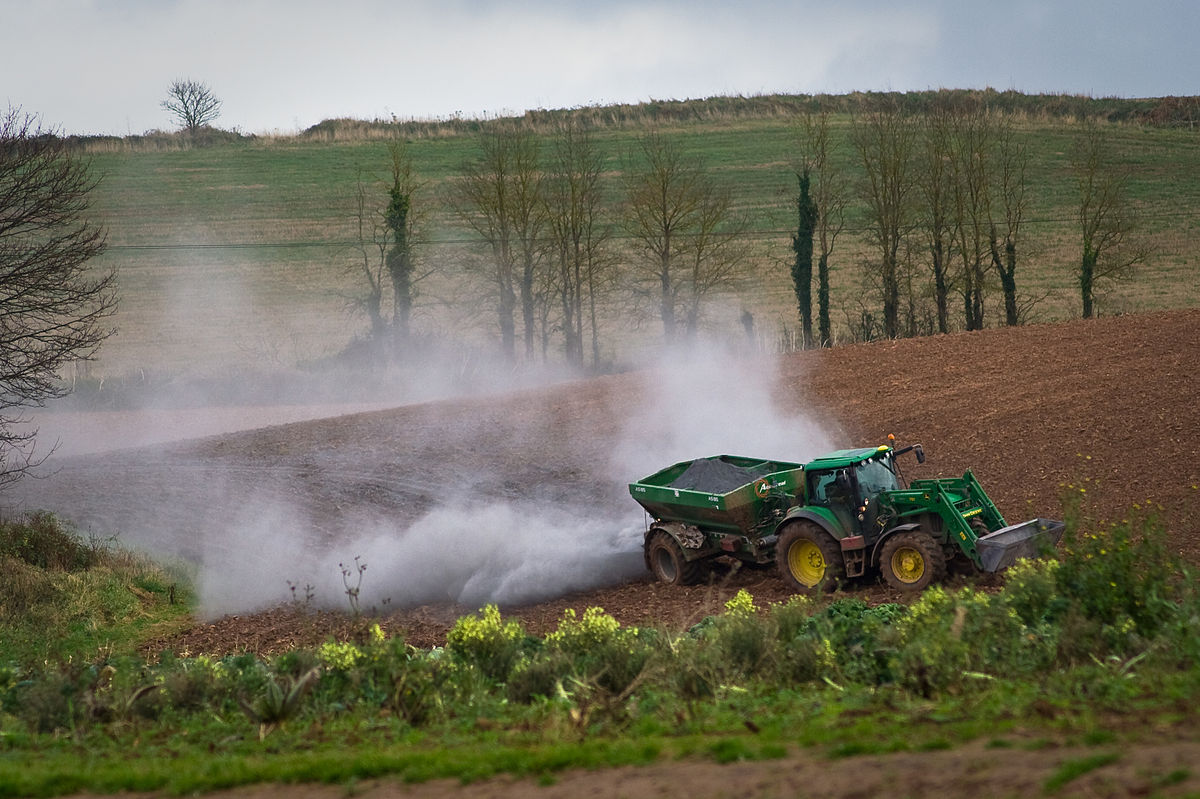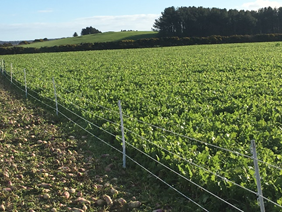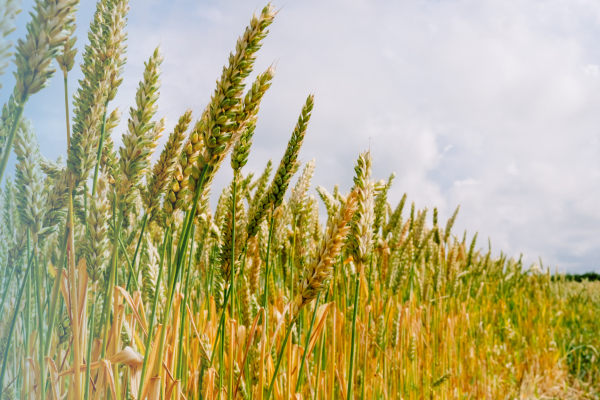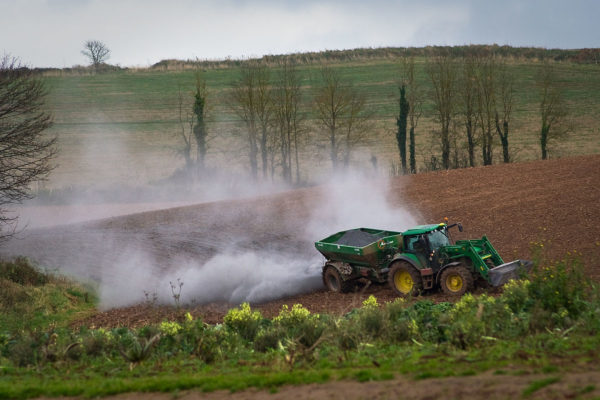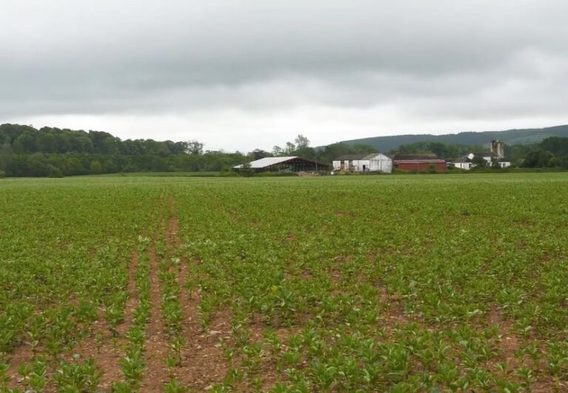How To Select Plant Species For Diverse Forage
11 August 2025Sowing a range of plant species within one field is not a new practice within agriculture. But it can be highly successful when plant species are selected which complement each other. Species should be selected based on features such as growth habit, maturity and traits which offer something which the other species does not. For example, complementing cereals with a nitrogen fixing legume.
Outwintering cows for 6 months of winter may not be feasible to all farms but the use of forage crops during sections of the autumn or winter or the use of multiple forage crop types for shorter periods over the winter may be a more achievable option for many. This can provide cost savings for beef herds but also reduce demand for slurry storage and straw.
The Forage First Project
This project has been monitoring the impact of sowing diverse mixes as forage crops for outwintering suckler cows. The diverse mixes have been compared to pure stands of brassicas which would typically be sown. Observations were made on the establishment, yield, feed quality, winter hardiness and utilisation of these crops to establish which species and varieties work best together. These diverse crops can offer a solution to the challenges with crop establishment because of changing climates but also offer a lower cost option for outwintering cattle.
The forage mixes which were compared included:
- Caledonian Kale sown at 5kg/ha
- Caledonian Kale 4.7kg + Kenmore Swedes 0.3kg/ha sown at 5kg/ha
- Winter Graze 60% stubble turnips + 35% forage rape +5% kale sown at 6kg/ha
- Hybrid brassica (Mainstar) sown at 5kg/ha
- Forage Rape sown at 5kg/ha
- Forage Rape + Italian Ryegrass sown at 4kg/ha of forage rape and 20kg/ha of Italian ryegrass.
Planting For Feed Quality and Yield
For livestock situations feed quality and crop yield tend to be the most important factor when deciding which forage crop to grow. The feed quality and yield results from the crops observed under the Forage First project show some interesting differences in dry matter and crude protein content. This highlights the importance of selecting the crops which will deliver the feed quality you need for your farm and highlights the opportunity to use a variety of crops to meet animal demands as they change throughout the winter. For example: Using a hybrid brassica earlier in the winter and a kale and swede mix closer to calving would supply the increased crude protein required for spring calving suckler cows without oversupplying earlier in winter when demand is not as high.
| Crop | Dry Matter | Crude Protein | Yield T DM/ha |
|---|---|---|---|
| Caledonian Kale sown at 5kg/ha | 13.30% | 14.79% | 7.31 |
| Caledonian Kale 4.7kg + Kenmore Swedes 0.3kg/ha sown at 5kg/ha | 10.30% | 17.96% | 6.43 |
| Winter Graze 60% stubble turnips + 35% forage rape +5% kale sown at 6kg/ha | 9.30% | 9.25% | 8.14 |
| Hybrid brassica (Mainstar) sown at 5kg/ha | 11.20% | 14.13% | 6.44 |
| Forage Rape sown at 5kg/ha | 11.29% | 10.25% | 5.35 |
| Forage Rape + Italian Ryegrass sown at 4kg/ha of forage rape and 20kg/ha of Italian ryegrass. | 14.40% | 13% | 7.5 |
Findings Around Crop Establishment
The crops which had multiple plant species or varieties sown showed higher plant populations during establishment. This was most prevalent on some of the more challenging land where the turnips established better on shallower, drier land. This provides an opportunity to use forage crop mixes as a soil improving crop but also shows that during challenging weather conditions a range of plant species and varieties reduces the risk of crop failure.
Crops with a longer growing period such as kale and fodder beet have the potential to deliver higher yields but the longer growing season can put pressure on forage production during those spring and summer months when the field is out of production. Shorter duration crops such as forage rapes and hybrid brassicas can be useful as a crop of silage can often be taken before they are sown, easing pressure on silage or grazing land. The use of a combination of faster growing hybrid brassicas and longer season kale crops have helped to balance the pressure on grass production during spring and summer months due to the different sowing dates.
Evaluating Crop Costs
The costs for some of the crops were also compared. Crops were all direct drilled in after grass with appropriate fertiliser applications made according to soil analysis. Soil pH and phosphate and potassium levels were all at optimum levels.
| Crop | Kale | Kale & Swede | Winter Graze | Hybrid Brassica | Bale Grazing |
|---|---|---|---|---|---|
| Cost per kg DM | 6p | 7p | 6p | 7p | Less than 1p |
| Cost per head/day inc. silage supplement | 74p | 83p | 73p | 84p | 80p |
Whilst 1p may not seem like a big difference when this is multiplied over 120 days of winter and 100 cows it amounts to a saving of £1100. These costs are based on the cost to grow 1kg of dry matter. This does not factor in the benefits of a higher protein feed which could be used to balance poorer quality silage or hay. The cost to provide the nutritional requirements for your livestock should always be considered. When compared to a silage only diet costing £1.50 per head per day there are considerable savings which could be made from the inclusion of forage crops for wintering in beef systems.
Find Out More
Useful further reading on this topic includes:
- Mineral requirements in out-wintered and grazed cattle
- Forage crops farmer vlogs
- forage crops for livestock technical note
FAS will be running an on farm event in South West of Scotland in the autumn to hear more about how the forage crops have performed this year and the changes being made to the outwintering system to improve the resilience and profitability of running a suckler herd. Details on the event will be uploaded to the site soon, but you can register your interest here. You can find out more about other events which are being held at www.fas.scot/events.
Lorna Galloway, SAC Consulting
Sign up to the FAS newsletter
Receive updates on news, events and publications from Scotland’s Farm Advisory Service


